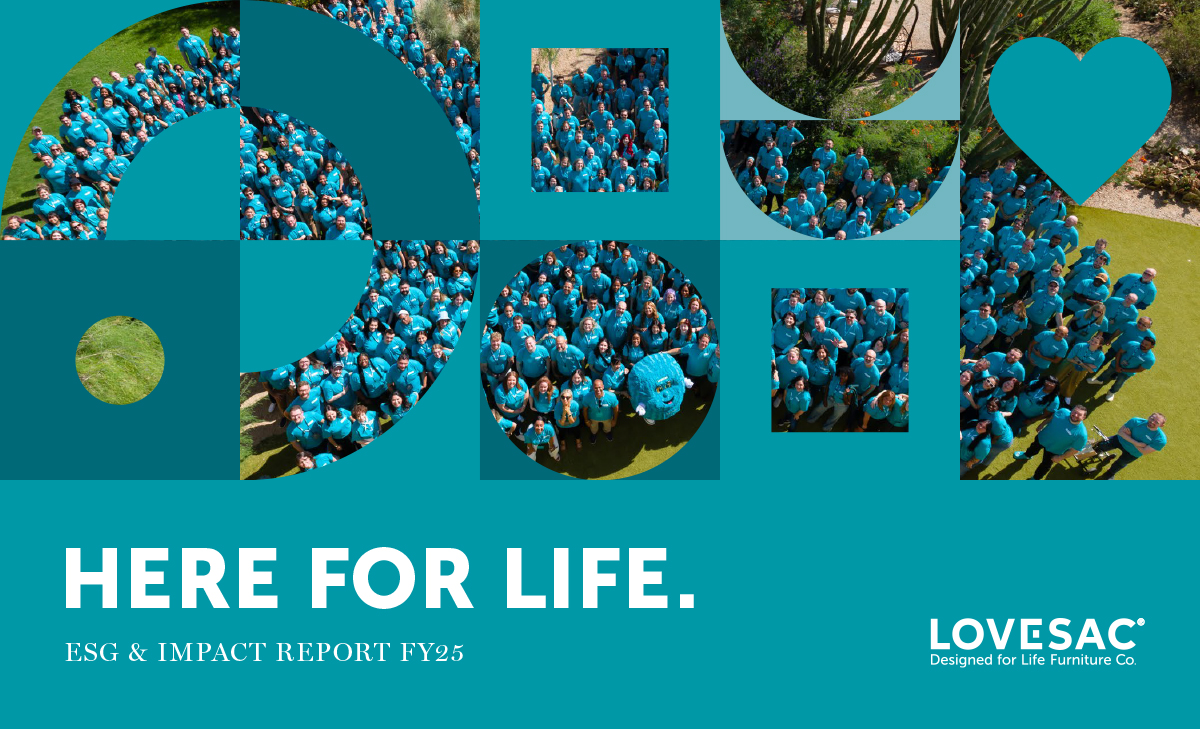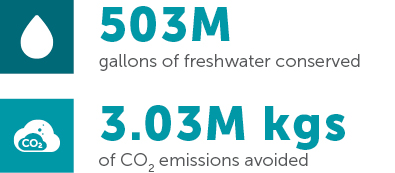Our ESG Goals & Progress
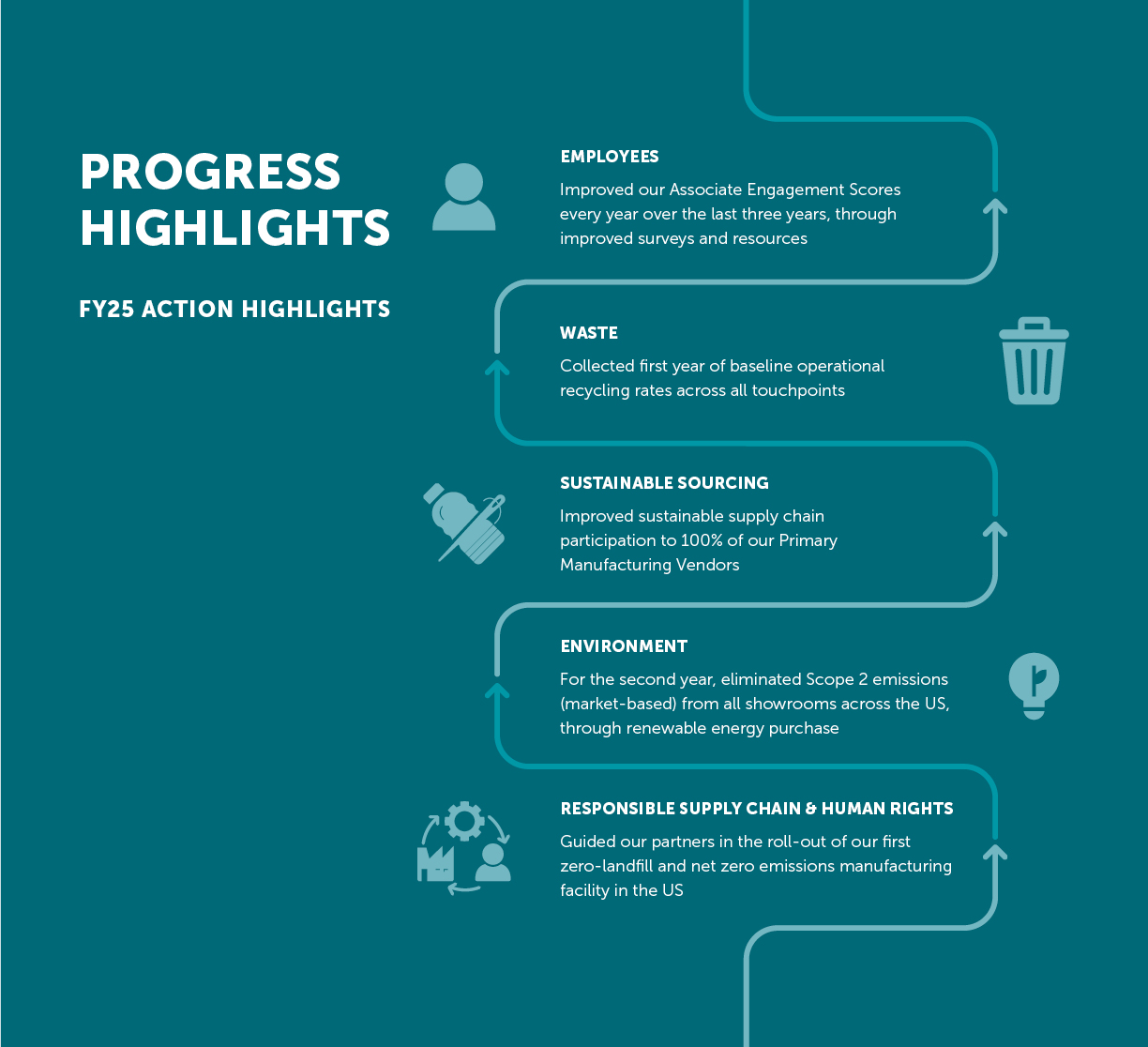
Our Zero Waste and Zero Emissions Commitment
At Lovesac, we believe the future of comfort must also be the future of sustainability. Climate change is one of the defining challenges of our time, and we are committed to doing our part to create solutions that matter. Our goal is clear: to achieve net zero emissions across our entire value chain by 2040 and to produce zero waste to landfill across all areas of our business.
To us, the only measure of success is zero.


Climate Related Risks and Opportunities
As we advance on our path to net zero, Lovesac is committed to identifying, assessing, and managing the risks and opportunities that climate change presents to our business. We understand that addressing these risks is not only about protecting our operations, but also about building long-term resilience and creating value for our stakeholders.

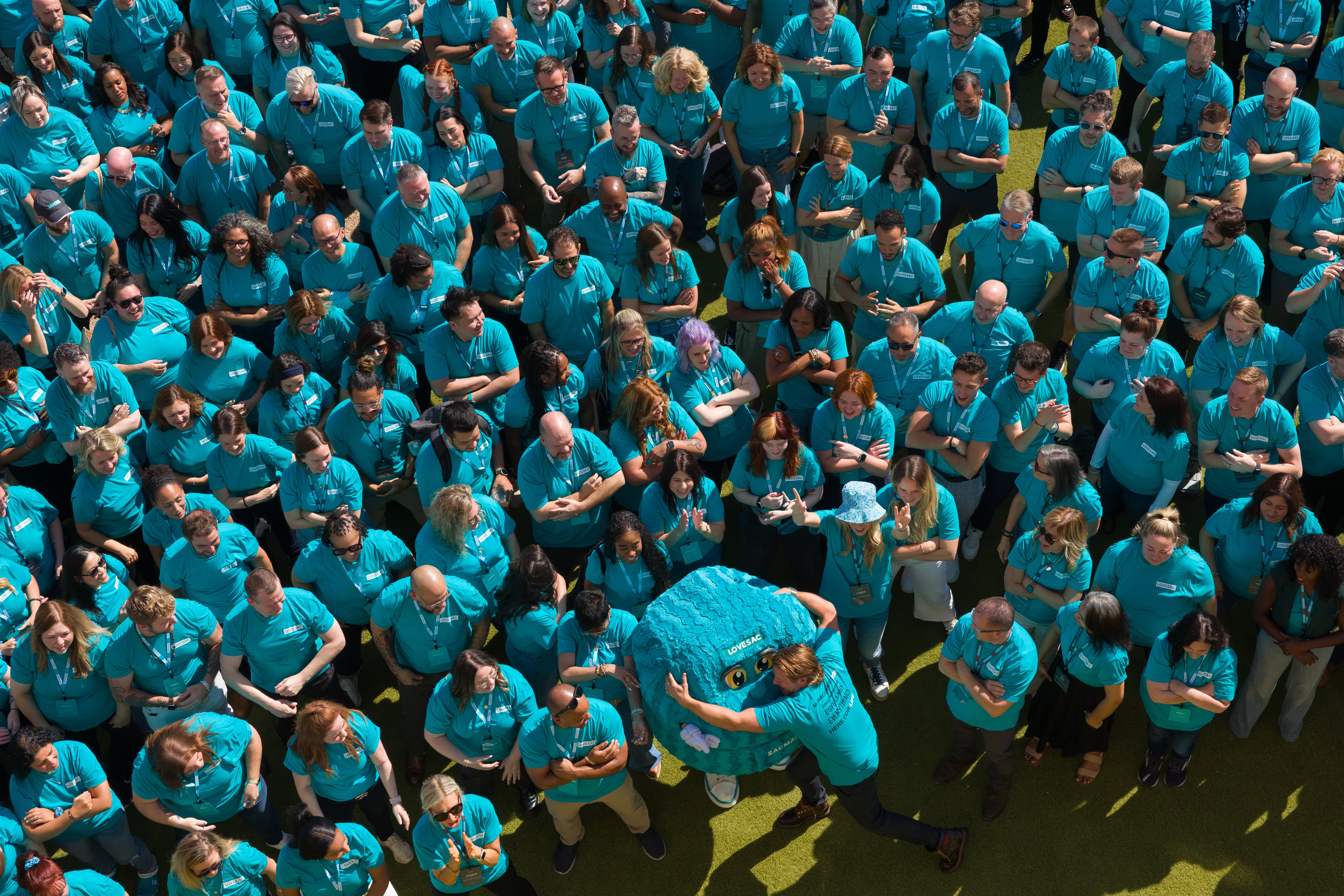
Love Matters
OUR LOVE MATTERS MISSION STATEMENT
Love. It’s the name we live up to. We champion building long-term relationships with customers of course, but also with each other, and everyone the business impacts. We seek to promote love and happiness in all we do while having a good time along the way… any other outcome is just not worth it.
OUR COMMITMENT TO BELONGING
Belonging at Lovesac is our commitment to fostering an inclusive, equitable workplace where all associates feel valued, respected, and empowered to thrive. Through intentional leadership, equitable talent practices, and meaningful connection, we create an environment where every team member has access to opportunity and support to grow. All our commitments related to Belonging at Lovesac are anchored by our Belonging Steering Committee who set the direction for Lovesac.
OUR FY25 Leadership and Workforce Composition
Lovesac reports EEO-1 data about U.S. team members to the federal government as required by law, and we disclose a summary of that information here.
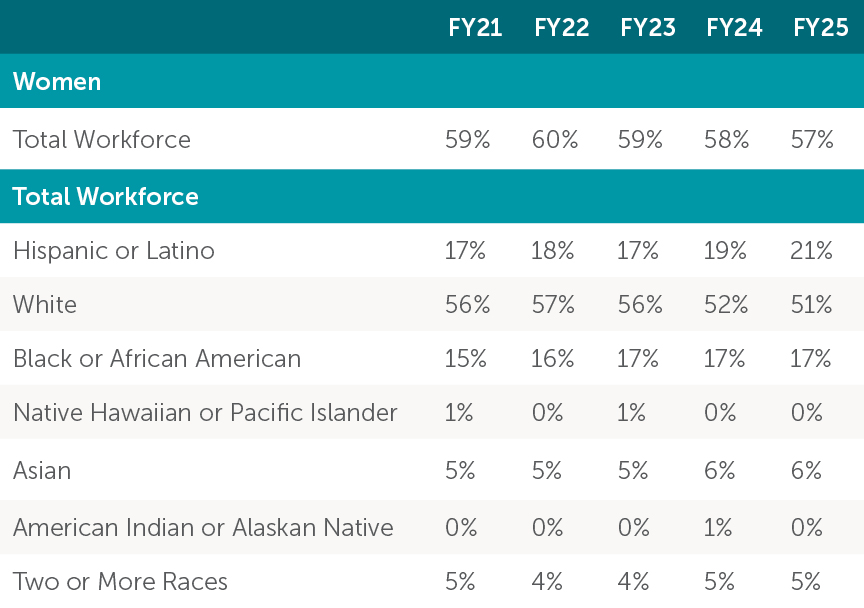
Learn More
To learn more about our commitments to our earth and our people, check out our full report.
